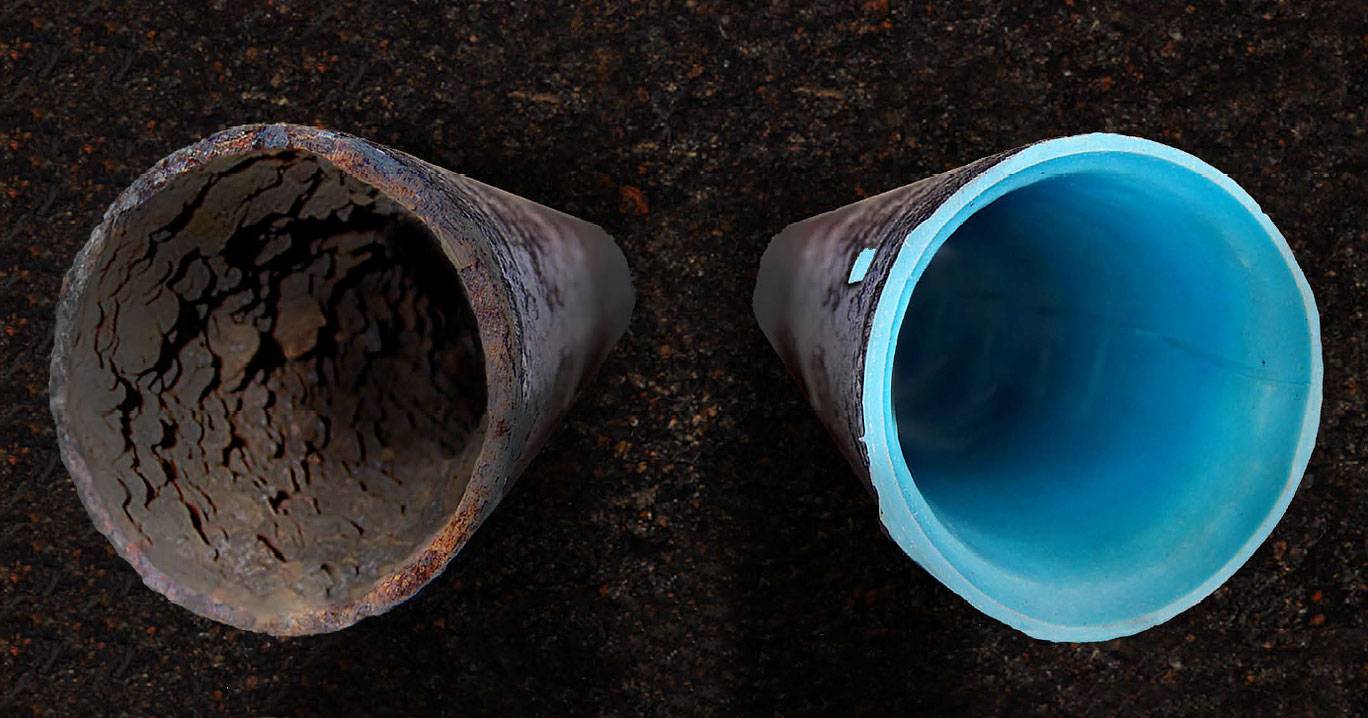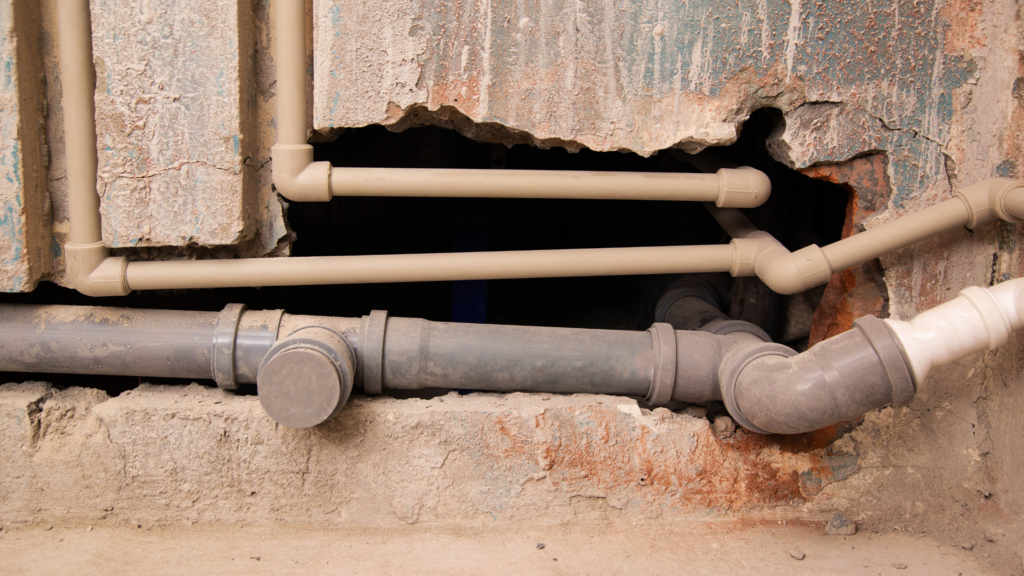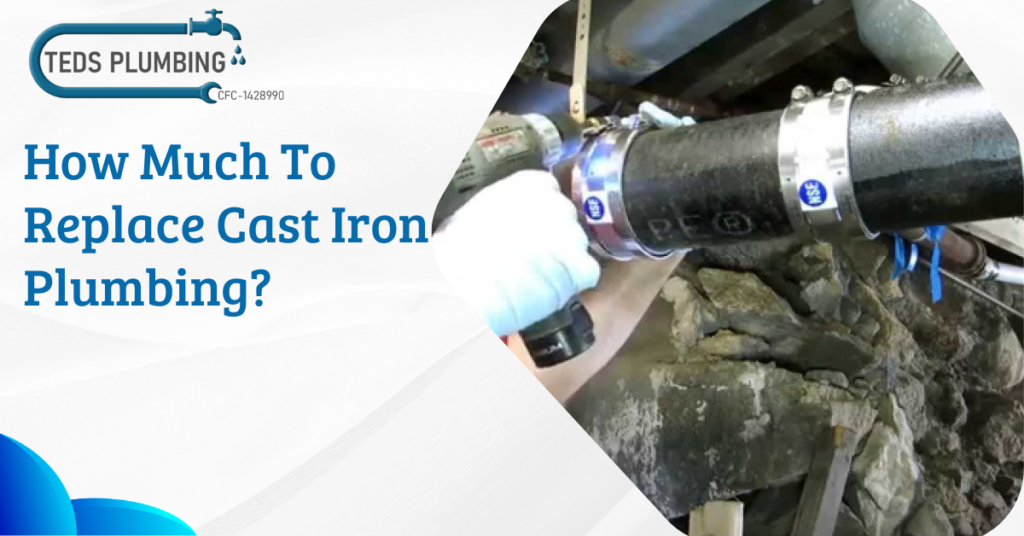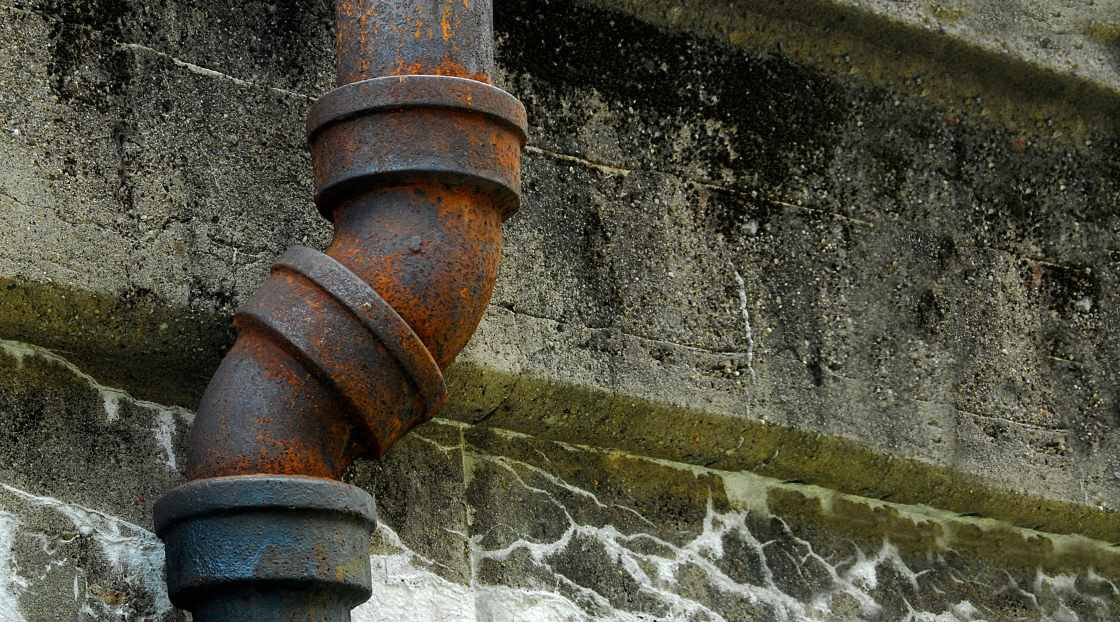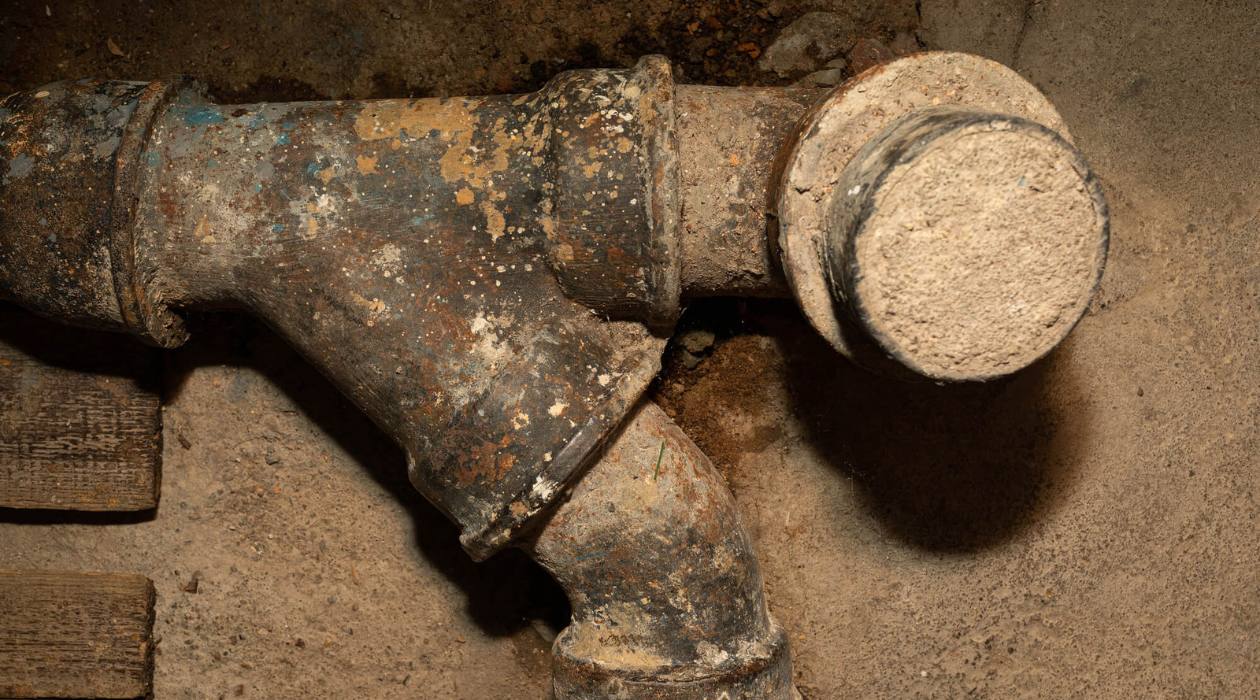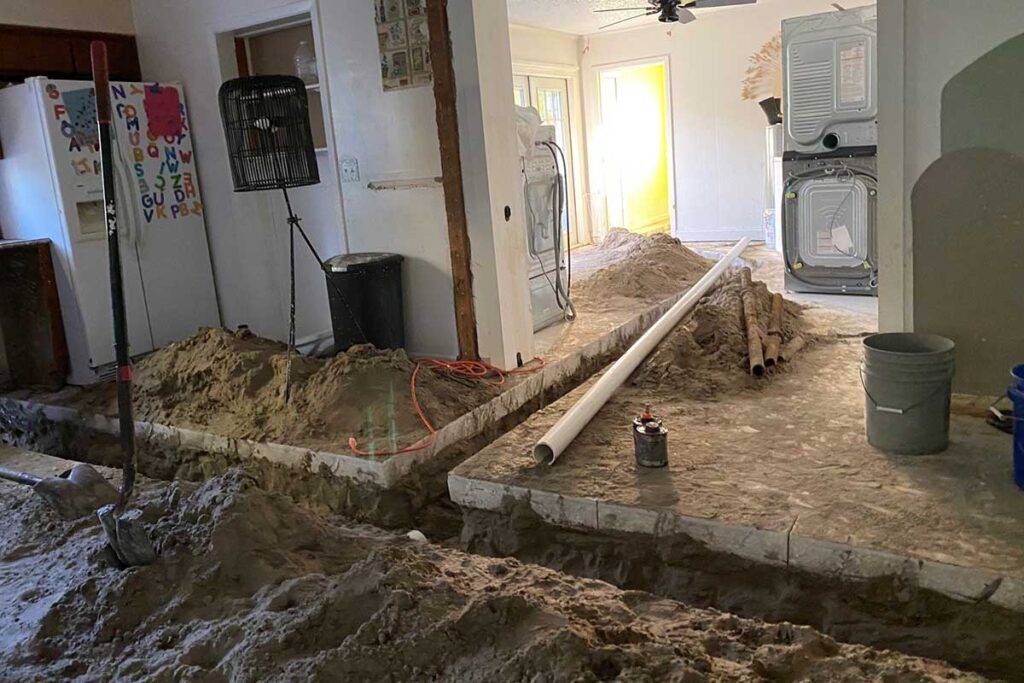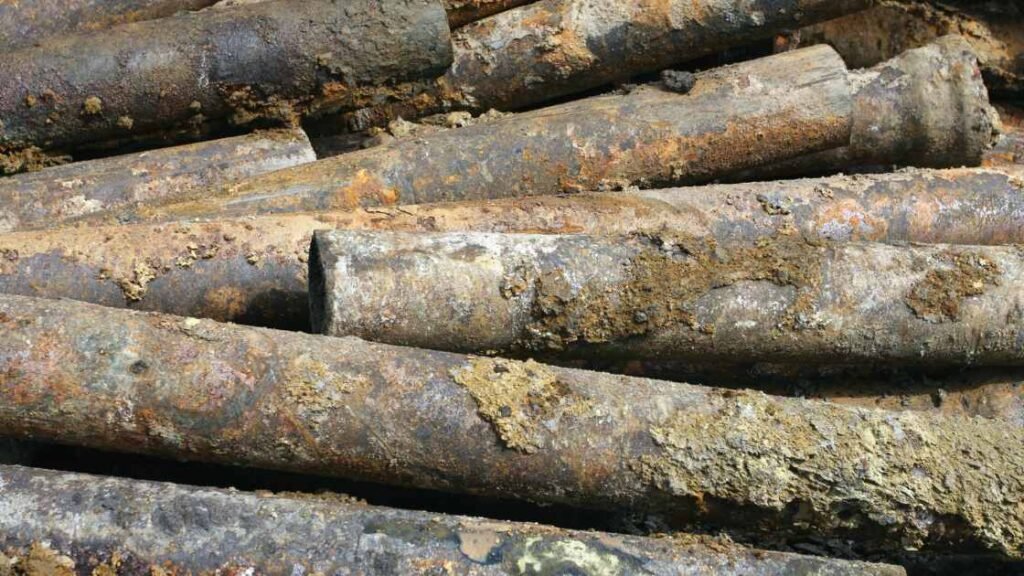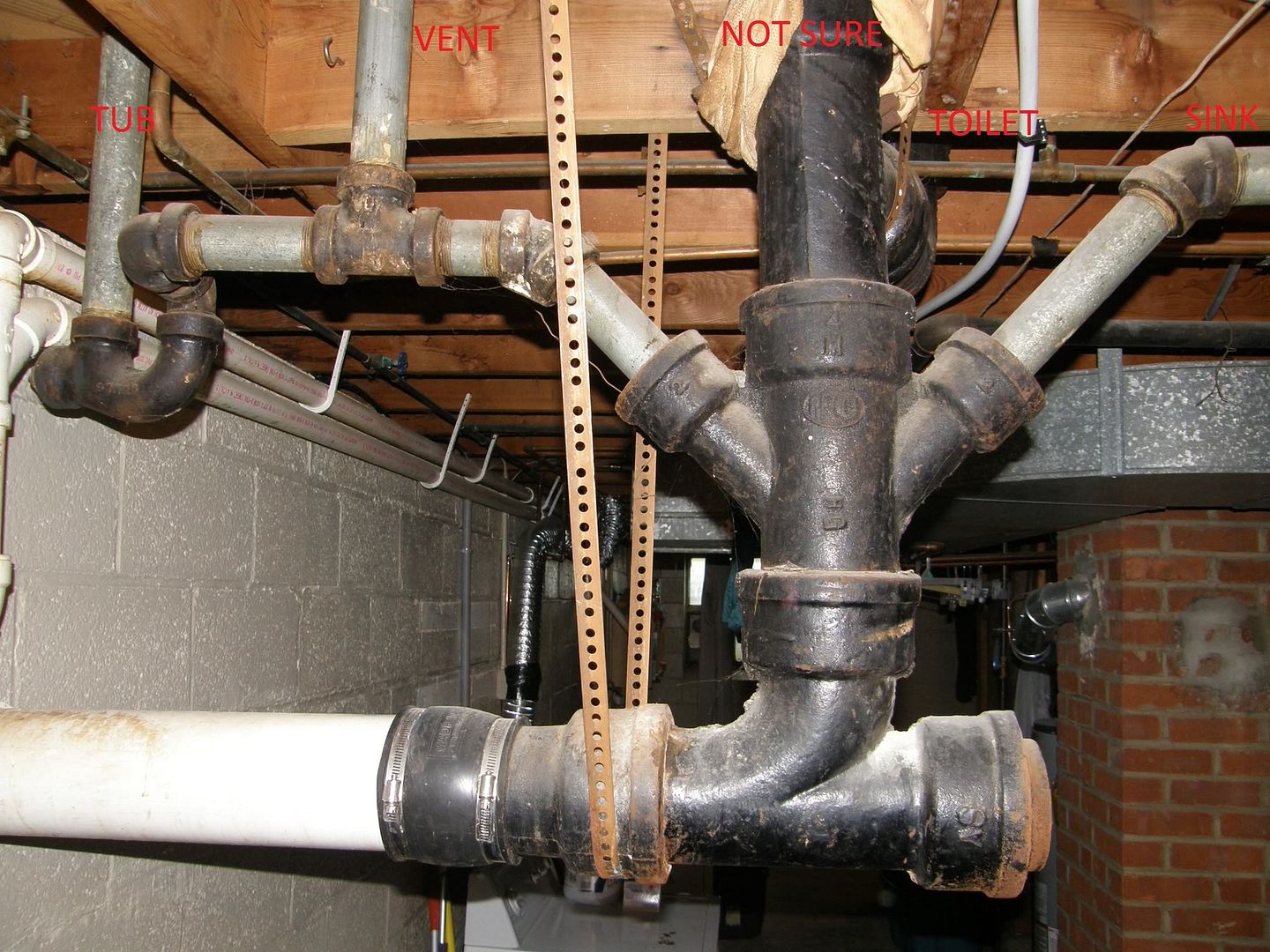How Much Does It Cost To Replace Cast Iron Pipes

The Hidden Costs of Cast Iron: A Homeowner's Guide to Replacement
Cast iron pipes, the stalwart plumbing of yesteryear, are known for their durability. However, time and corrosion take their toll. If you're noticing leaks, rusty water, or consistently clogged drains, it might be time to consider replacing your cast iron pipes. This article will break down the costs associated with this significant home improvement project, focusing on the financial and energy-efficiency benefits of modern alternatives, and how integrating smart home technology can further optimize your savings.
Understanding the True Cost: Beyond the Initial Estimate
The cost of replacing cast iron pipes isn't just the price of the new piping itself. Several factors contribute to the overall expense. Expect a project to range anywhere from $4,000 to $15,000 or even higher depending on the size of your home, the complexity of the plumbing system, and the materials you choose. To help, we'll break down the cost into various components:
- Inspection and Assessment: Before any work begins, a professional plumbing inspection is crucial. This identifies the extent of the damage, the layout of your existing pipes, and potential challenges. Expect to pay between $150-$500 for a thorough camera inspection.
- Permits: Depending on your location, you'll likely need permits for plumbing work. These costs can range from $50 to $500 depending on local regulations. Your plumber should be able to advise on this and handle the application process.
- Materials: This is a major cost driver. The two most common replacement materials are:
- PVC (Polyvinyl Chloride): A cost-effective and widely used option. PVC pipes are lightweight, durable, and resistant to corrosion. Expect to pay $1 to $3 per linear foot.
- CPVC (Chlorinated Polyvinyl Chloride): More heat resistant than PVC, making it suitable for hot water lines. CPVC is slightly more expensive, typically costing $2 to $4 per linear foot.
- PEX (Cross-linked Polyethylene): This flexible piping is becoming increasingly popular. It's durable, freeze-resistant, and can be easier to install, minimizing wall damage. PEX costs approximately $1 to $6 per linear foot.
- Labor: Labor costs make up a significant portion of the overall expense. Plumbers typically charge $45 to $150 per hour. A complex job involving multiple bathrooms and a long pipe run could take several days, significantly increasing labor costs.
- Drywall Repair and Painting: Replacing pipes often involves cutting into walls and ceilings. Budget for drywall repair, patching, and painting after the plumbing work is complete. This can add $500 to $2,000 to the total cost.
- Waste Disposal: Removal and disposal of the old cast iron pipes will also incur a cost, usually ranging from $100 to $300.
"Ignoring a deteriorating cast iron plumbing system can lead to catastrophic water damage, costing far more than proactive replacement." - *EPA Guidelines for Water Efficiency*
The Energy Efficiency Connection: How New Pipes Save You Money
While replacing cast iron pipes might seem purely like a plumbing issue, it directly impacts your home's energy efficiency and water conservation. Here's how:
- Reduced Leaks, Reduced Water Waste: Leaking pipes waste a significant amount of water. Even small, seemingly insignificant leaks can add up to hundreds or even thousands of gallons wasted per year. Replacing old pipes eliminates these leaks, lowering your water bill and reducing the strain on local water resources. Reducing water waste directly correlates to lower energy costs, since less water needs to be heated for your home.
- Improved Water Pressure: Corrosion and mineral buildup inside old cast iron pipes can restrict water flow, leading to poor water pressure. New, clean pipes restore optimal water pressure, improving the efficiency of appliances like dishwashers and washing machines. This optimized water pressure ensures your appliances don't have to work harder (and consume more energy) to perform their functions.
- Avoiding Emergency Repairs: A burst pipe can cause extensive water damage, leading to costly repairs and potential mold growth. Replacing aging cast iron proactively avoids these emergencies, saving you money and stress in the long run. The cost of emergency repairs is usually more expensive than routine replacement, since overtime and after-hour rates are applied.
- Hot Water Efficiency: Newer piping materials, particularly PEX, offer better insulation properties than cast iron. This means less heat is lost as hot water travels through the pipes, resulting in lower energy consumption by your water heater. This saves you money on your energy bill and reduces your carbon footprint.
Smart Home Integration: Optimizing Your Plumbing and HVAC Systems
Integrating smart home technology with your plumbing system offers even greater control over water usage and energy consumption. Consider these options:
- Smart Water Leak Detectors: These devices monitor your plumbing system for leaks and alert you immediately via your smartphone. Early detection can prevent significant water damage and save you thousands of dollars in repairs. Some systems can even automatically shut off the water supply when a leak is detected.
- Smart Water Shut-Off Valves: Paired with leak detectors, these valves automatically shut off the water supply when a leak is detected, minimizing damage. You can also control the valve remotely via your smartphone, allowing you to shut off the water while away on vacation.
- Smart Thermostats and Water Heaters: Modern smart thermostats and water heaters can learn your usage patterns and adjust settings automatically to optimize energy consumption. For example, a smart water heater can reduce the water temperature when you're away from home or asleep, saving energy without sacrificing comfort.
Financing Options and Rebates
Replacing cast iron pipes is a significant investment, but several financing options can help make it more affordable:
- Home Equity Loans and Lines of Credit (HELOCs): These options allow you to borrow against the equity in your home to finance the project.
- Personal Loans: Unsecured personal loans can be used for home improvement projects.
- Energy Efficiency Loans: Some lenders offer specialized loans for energy-efficient home improvements, often with lower interest rates.
Also, check for available rebates and incentives. Many local and state governments, as well as utility companies, offer rebates for water-efficient appliances and plumbing upgrades. Visit the Energy Star website and your local utility's website to see what programs are available in your area.
DIY vs. Professional Installation: Knowing Your Limits
While some plumbing tasks can be handled by experienced DIYers, replacing cast iron pipes is generally best left to the professionals. The work involves dealing with potentially hazardous materials, navigating complex plumbing systems, and ensuring proper code compliance. A licensed plumber will have the expertise and equipment to complete the job safely and efficiently.
Attempting a DIY replacement without the necessary skills and knowledge can lead to costly mistakes, water damage, and potential health hazards. It's also important to note that improper installation can void warranties on new plumbing fixtures and appliances.
Choosing the Right Plumber: Key Considerations
Selecting a qualified and reputable plumber is crucial for a successful cast iron pipe replacement project. Consider the following when choosing a plumber:
- Licensing and Insurance: Ensure the plumber is licensed and insured in your state or municipality. This protects you from liability in case of accidents or damage during the project.
- Experience: Look for a plumber with extensive experience in cast iron pipe replacement. Ask for references and check online reviews.
- Estimates: Get estimates from multiple plumbers before making a decision. Compare the estimates carefully, paying attention to the scope of work, materials, and labor costs.
- Warranty: Inquire about the plumber's warranty on their work and the materials used.
- Communication: Choose a plumber who communicates clearly and is responsive to your questions and concerns.
The Long-Term Value of Pipe Replacement
While the initial cost of replacing cast iron pipes may seem daunting, consider the long-term benefits. You'll enjoy improved water quality, better water pressure, reduced water bills, and a lower risk of costly water damage. Furthermore, upgrading to modern, energy-efficient plumbing can increase the value of your home and contribute to a more sustainable lifestyle.
By carefully considering the costs, exploring financing options, and choosing a qualified plumber, you can make informed decisions about replacing your cast iron pipes and reap the rewards of a more efficient and reliable plumbing system. Remember to investigate local rebates and incentives to maximize your savings and contribute to a greener future. With proper planning and execution, replacing your cast iron pipes is an investment that will pay off for years to come, ensuring a comfortable and energy-efficient home.
Consulting with a certified HVAC professional is always recommended to assess your specific needs and recommend the best solutions for your home.
